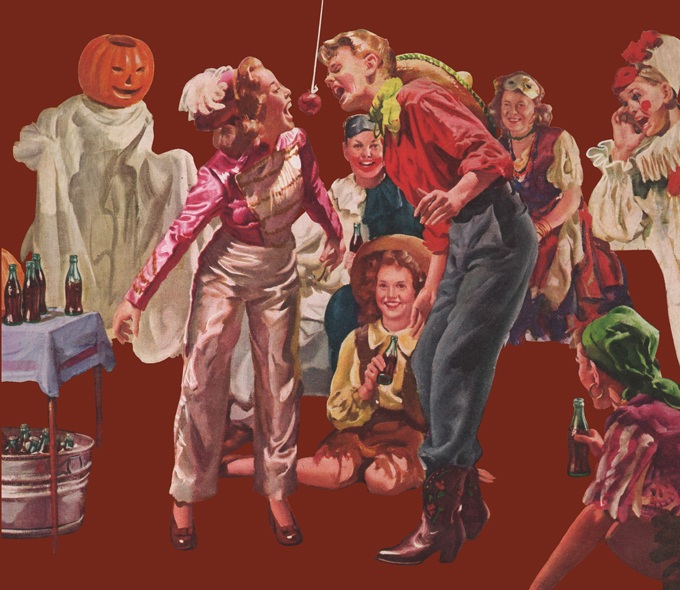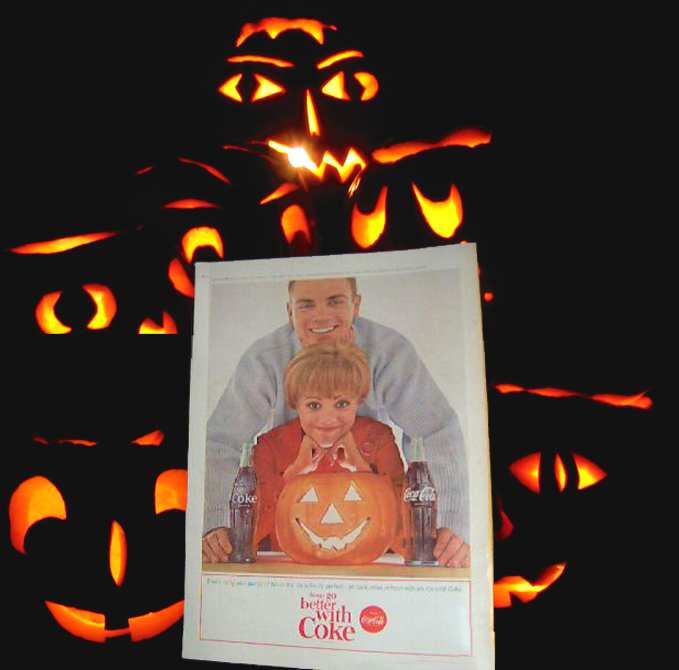
In Ireland, where Halloween originated, bonfires are lit as they were in the days of the Celts, and all over the country, children get dressed up in costumes and spend the evening "trick-or-treating" in their neighborhoods. After trick-or-treating, most people attend parties with neighbors and friends. At the parties, many games are played, including "snap-apple," a game in which an apple on a string is tied to a doorframe or tree and players attempt to bite the hanging apple.

Today, Halloween, is still celebrated today in countries around the globe. In Mexico, Latin America, and Spain, All Souls' Day, the third day of the three-day Hallowmas observance, is the most important part of the celebration for many people. In the UK and several other European countries, the US and Canada, Halloween, which was once a frightening and superstitious time of year, is celebrated with fun for all ages.

